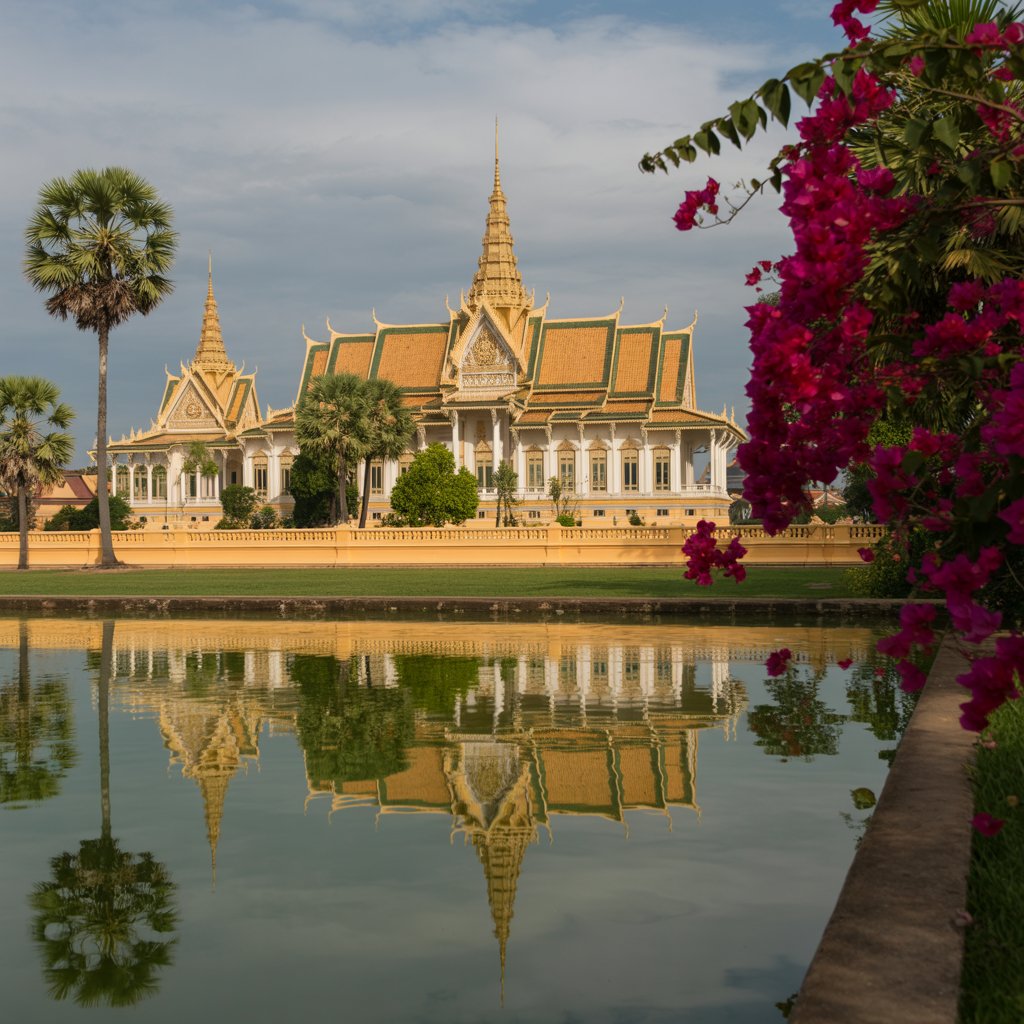Phnom Penh, Cambodia – Travel Tips
Category
Categories
Popular Articles

**Overview of the Destination**
Phnom Penh is the capital city of Cambodia and one of the most vibrant destinations in Southeast Asia. Known as ‘The Pearl of Asia’, it is famous for its stunning Royal Palace, cultural exhibits, and history, much of which can be traced back to the rule of the Khmer Empire. Whether you’re drawn to the city for its deep historical significance, lively street markets, or unique Cambodia cuisine, you’re bound to find something noteworthy in Phnom Penh.
**Best Time to Visit**
The best time to visit Phnom Penh is between November and February, during the dry season. The weather is cooler and more comfortable for exploring. The Water Festival in November attracts many visitors and witnessing the country’s biggest celebration can be a memorable experience. The off-peak season, between June and October, offers benefits like less crowded attractions and lower hotel prices, though you’ll have to contend with monsoon rains.
**Climate & What to Pack**
Phnom Penh has a tropical climate with a wet and a dry season. Temperatures usually range from 22°C to 35°C over the whole year. Pack light, breathable clothes for the hot days, a good pair of walking shoes, and a raincoat or umbrella if you’re visiting in the monsoon season. Don’t forget your sunscreen, bug repellent, and a hat for the intense sun.
**Getting There**
The nearest international airport is Phnom Penh International Airport. Transfers from the airport to the city center are abundant—tuk-tuks, taxis, and private transfers can all be arranged easily upon arrival. U.S. citizens require a visa to enter Cambodia. It can be obtained on arrival for a stay up to 30 days.
**Getting Around Locally**
Phnom Penh is a relatively easy city to navigate. Tuk-tuks and taxis are abundant and affordable for short journeys around the city. Phnom Penh also offers many walkable districts, particularly around the Riverside area. Car rental can be an option but navigating the city’s chaotic traffic may be challenging for foreigners.
**Safety Tips**
Like any urban area, certain precautions should be taken in Phnom Penh. Avoid dark, isolated areas at night and keep your belongings secure. Beware of common scams like the “milk scam” where a child or mother asks you to buy powdered milk. Respect the local culture, especially when visiting temples and always dress modestly.
**Top Things to Do & See**
Phnom Penh offers eclectic tourist attractions. Explore the lavish Royal Palace, visit the influxing Tuol Sleng Genocide Museum, or visit the beautiful Wat Phnom. For shopping, visit the Central Market or the Russian Market.
**Where to Stay**
The Riverside area offers a range of luxury and mid-range hotels with a great view of the Mekong River. For budget travelers, the Street 172 and Street 278 areas offer a myriad of affordable guesthouses and hostels.
**Food & Local Cuisine**
Cambodian cuisine is diverse and delicious. Must-try local dishes include Fish Amok, Beef Lok Lak, and Nom Banh Chok. Phnom Penh has an active street food scene. Visit local markets or roadside stalls for an authentic dining experience.
**Cultural & Practical Tips**
The official currency is the Cambodian Riel, though US dollars are widely accepted. The languages spoken are Khmer and English. Tipping is not mandatory but appreciated. The voltage is 230V, and the power plugs and sockets are of type A, C, and G.
**Sustainable or Responsible Travel Tips**
Respect Cambodia’s culture and traditions. Dress modestly and act responsibly, particularly when visiting religious sites. Whenever possible, support local businesses, and be aware of your environmental impact.
**Personal Travel Tip**
Finally, while Phnom Penh may feel overwhelming at first, it’s a city that rewards curiosity. Don’t stick too rigidly to your itinerary—be open to one-off experiences and spontaneous discoveries. After all, the real beauty of travel lies in the unexpected.










